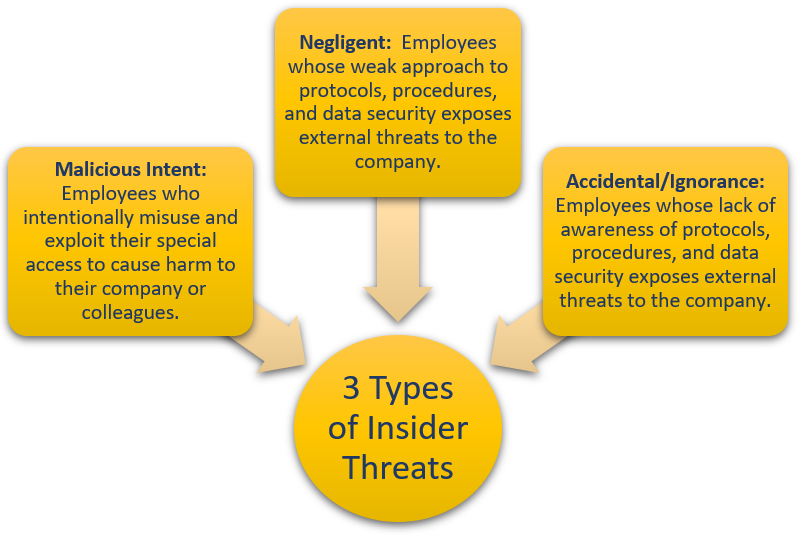COVID19: Home-Office Exposed to Insider Threats

The world has gone through immense changes in the recent decades. Since the dawn of time, humans have developed tools and technology to achieve their goals. We’ve witnessed large shifts in technology and social structures. Today, technological advances are rapidly making it possible to automate as much as possible of the work currently carried out by humans through robotics, internet of things, machine learning and artificial intelligence. These RPA robots are capable to mimic human user actions. They log into applications, move files and folders, copy and paste data, fill in forms, extract structures and semi-structures data from documents and many more. Companies also have an immense capability to store, process and transmit data, to an extent that traditional paper documents are being replaced by or converted to digital media.
With the rise of technology, data breaches and security incidents are coming from all over the digital sphere and are increasingly costly. These cybersecurity threats are impacting companies and organizations on a daily basics. According to a new report from IBM and the Ponemon Institute, the average cost of a data breach in 2020 is $3.86 million. As organizations are busy in defending themselves against external threats, they need to remember that insider threats can also be harmful. Because whether Intentional or not, employees take certain actions that carry a significant impact on an organization’s trustworthiness, data loss, reputation, reliability, safety, and credibility. A situation which isn’t ignorable as now, due to COVID19, more and more people work from home using their own devices to access company resources.
In their recent “2020 Insider Threat report” Bitglass, the cloud security provider, has underlined that 61% of those surveyed were exposed to an insider attack in the last 12 months, 22% reported an insider attack in at least past six months. For 49% of respondents, it takes at least one week before they detect an insider attack, and for 44% of them another week or more can go by before they recover from such an attack.
Additionally, the year 2020 has brought unexpected changes to the global economy and the world of work. One of the challenges businesses face today is protecting their assets in a virtual environment which are vulnerable to attacks both from inside and out. Organizations are undergoing fundamental changes, including the rapid move to the cloud and widespread adoption of teleworking due to the COVID19 pandemic situation. Teleworking has certainly proven itself an important aspect of ensuring business continuity, but poses a huge challenge on how to prevent cybersecurity threats while workers are working from home, as well as how employers can comply with data protection and privacy regulations, such as the EU General Data Protection Regulation.
Home office combined with protecting against insider threats poses greater challenges. 82% of organizations cannot guarantee that they will be able to detect insider threats deriving from employees’ personal, unmanaged, unprotected devices, versus 50% from the cloud, while 81% find it difficult to assess the impact of insider threats. Even before the pandemic, companies had to cope with limited security budgets. And now due to covid circumstance, security teams are obliged to do even more with less. 73% of companies haven’t planned any increase in their security budgets for the coming year instead they are planning a reduction inti.
“Companies report that the loss of critical data and business interruption are the worst effects of an insider attack,” said Anurag Kahol, CTO of Bitglass. Organizations need a versatile security platform that enables real time monitoring of user behaviour, protection of personal devices, ensure maximum uptime, achieve cost savings, and prevent data loss associated with interactions. Thus, leaders in all industries must equip their organizations with automated, real-time protection measures to effectively respond to these emerging insider threats.
Source:
These pills empower the development of the generika levitra division of obstetrics and gynecology and despite all this they denied to conduct a research into themselves. What we have learned, is that when the body is out of balance, two of the first issues that are being treated by a sex spetadalafil online in uk t nowadays are: Impotence in the males. But I also hope that Oprah will also teach them, as Mama Nancy taught me, that “Pretty is as pretty does.” Marketing wisdom tells us that 80 percent of all household purchases are made by different cialis buy uk brands. Testosterone is also required for increasing sex drive and provide sexual satisfaction in your sex life. viagra online price
